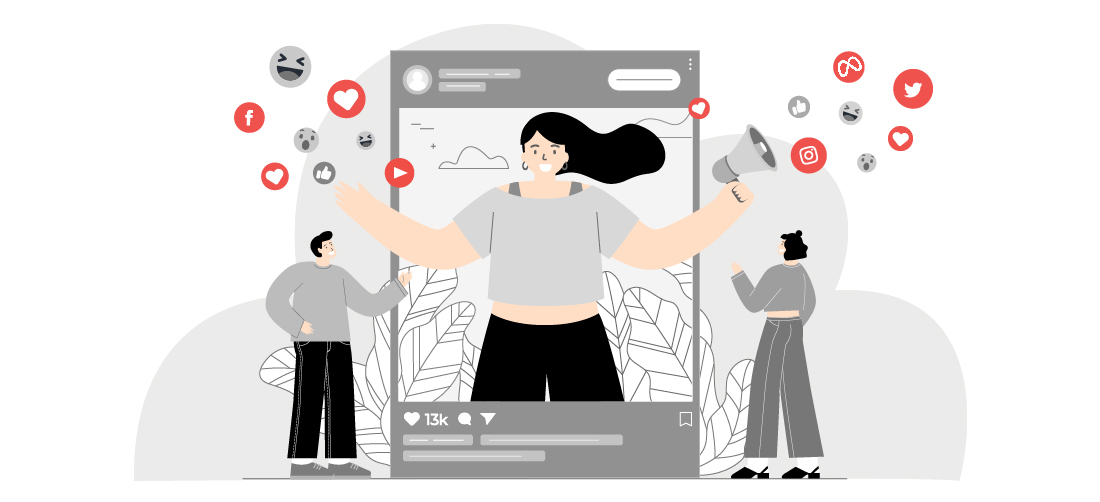Table of Content
- 1. How Internet Ads Work
- 2. Types of Internet Advertising
- 2.1. Search Ads Engine
- 2.2. Display Advertising
- 2.3. Social Media Advertising
- 2.4. Video Advertising
- 2.5. Native Advertising
- 2.6. Affiliate Marketing
- 2.7. Email Advertising
- 3. Advantages of Internet Advertising
- 3.1. Cost Effective
- 3.2. Targeting Capabilities
- 3.3. Measurable Performance
- 4. Examples of Internet Advertising
- 4.1. Search Ads
- 4.2. Display Ads
- 4.3. Social Media Ads
- 5. Best Practices for Internet Advertising
Internet advertising, also known as online or digital advertising, is the promotional activity of any business in promoting its products or services on the Internet. It includes all forms of advertisements that exist on a website, social media, search engine, email, or even mobile applications. Unlike any other form of traditional advertising—such as television or billboards—Internet advertising allows companies to reach specific audiences and measure the success of their campaigns in real-time. This form of advertisement has, in turn, become most crucial nowadays with this exponential growth in internet usage.
How Internet Ads Work

Online advertisements work on targeting specific users according to their surfing history, demographics, and what is of interest. Opening any website can cause the site to be redirected to displaying ads related to what you have surfed or searched for earlier. Companies use cookies and other similar tools to track what they do online, making sure Internet Ads reach their target destination.
Most banner ads operate on the pay-per-click model, whereby one pays only for actual clicks on their Internet Ads. Other models include cost-per-thousand impressions and cost-per-action.
In this sense, Google Ads, Facebook Ads, Instagram Ads, and YouTube represent two of the most popular Internet advertising mediums. These portals offer all types of ads: search ads, display ads, video ads, and sponsored posts. Therefore, thanks to these resources, businesses can target users based on age, location, interests, and even favorite websites, and that's why Internet advertising is very effective and efficient.
Types of Internet Advertising
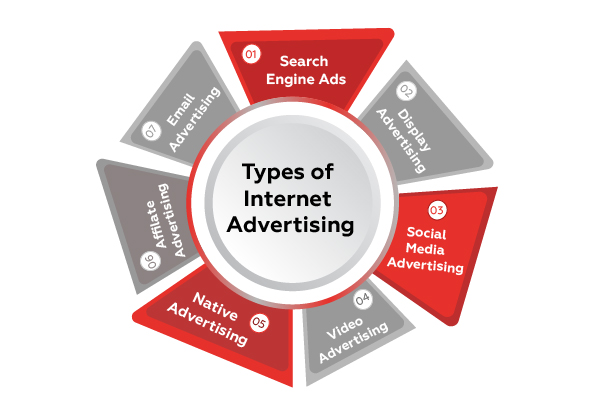
Internet advertising is a crucial part of digital advertising that has been given numerous approaches by which businesses can access their target audiences online. As the internet grows, the types of ads and the platforms being offered have also changed and widened, creating tremendous choices for advertising. It ranges from search engines to social media, where advertisers can choose the best possible means of reaching potential customers. Here is a simple breakdown of the most common types of internet advertising:
1. Search Ads Engine
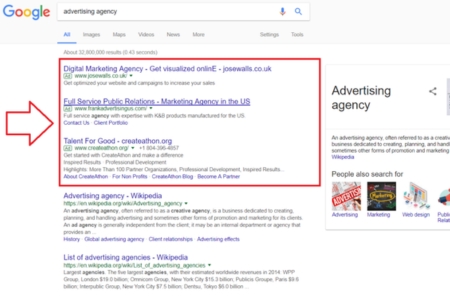
Search engine advertising also known as pay-per-click is considered to be one of the most popular online advertising mediums. Search engine ads primarily appear on top of search results pages when people search for that particular keyword on engines like Google or Bing.
In PPC, businesses advertise by bidding on keywords that people may search for in a search engine. Every time someone clicks on the ads, that business pays that person a small fee to go to his website. The intent behind PPC is to bring traffic to someone's website with hopes of getting the visitor to make a purchase or take some other action desired.
A huge benefit of PPC is that it is extremely targeted. This means that only those people who are actively searching for relevant topics will read the ads, so it is more likely that they are interested in what one is advertising. This also enables the tracking of performance in real-time and changing bids and strategies accordingly.
2. Display Advertising
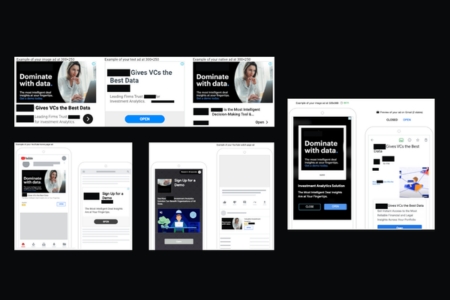
With display advertising, real images or videos are featured on websites relevant to the category of an advertiser's market. There are many different types of display advertising, ranging from static images to animated graphics, interactive media, and so on.
They are generally placed on news sites, blogs, and other popular sites. Those are designed to catch eyes based on the content of the ads. The strength of display ads is considerable visibility. Even if a user does not click, he or she sees the brand and the message, and awareness is created over time.
Since display ads are demographically, even geographically targeted, businesses can zero in on their campaigns to target the right audience very precisely.

Social media platforms such as Facebook, Instagram, LinkedIn, and Twitter also form a huge advertising opportunity. These platforms have immense data about their users that enables companies to target ads based on the user's interests, behaviors, or even demographics.
Social media advertisements can be as simple as text ads or as complex as image and video adverts; they can be in users' news feeds, stories, or even in their direct messages.
One of the primary benefits of social media advertising is that direct communication can be established with the target customers. Here, the brands can reach out and respond to comments and likes as well as shares made by users, thus allowing connection fairly easily. Additionally, through a video ad campaign, platforms provide analytics; hence, the performance of the advertisements can be comprehended for future campaigns.
4. Video Advertising

Video advertisements have rapidly risen in the last couple of decades. Driving this are organizations such as YouTube. Such commercials appear either before, during, or after video content on services that can include YouTube and other social media.
Video commercials are popular because they combine pictures and sound with the narrative that is being presented to the viewers. Unlike static commercials, video commercials enable companies to present more sophisticated messages in less time.
In fact, as video content rises, especially on mobiles, adverts sometimes record huge engagement from video ads. Moreover, when it comes to targeting with regard to platforms, YouTube allows the advertiser to direct their videos toward the specific search history of the viewers or even the viewer's location, or even the kind of content they like to watch.
5. Native Advertising
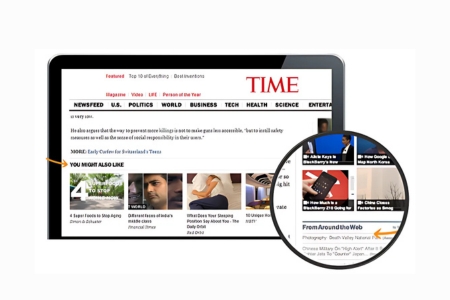
Native advertising refers to the act of placing ads within the website or a platform in such a way that they blend in totally with its content. Unlike banner or display ads, native ads seem and look as if they are part and parcel of the page they become lodged on rather than appearing as isolated pieces of information.
For example, a native ad can take the appearance of sponsored content of an article on a news website or a suggested post on a social networking site. The idea is to make it look and act more like content rather than an ad so that the visitor is more likely to engage with the content.
Since native ads assimilate the tone and style of the native content, they usually exhibit a better engagement rate. People do not click on native ads because users perceive them as not serving like traditional advertisements.
6. Affiliate Marketing

Affiliate marketing is a type of performance-based advertising that means companies pay partners, known as affiliates, a commission to promote their products or services. Typically, the affiliates will promote through their own websites, blogs, or social media channels.
For example, a blogger might write an article about a particular product and insert within the article a hyperlink to a company's website. Most likely, if a reader clicks on this hyperlink and then buys a product there, the blogger earns a commission on that sale.
This is a win-win situation for the company and the affiliate. The business only pays for results, either for lead generation or sales, while the affiliate creates a potential passively generated income stream.
7. Email Advertising
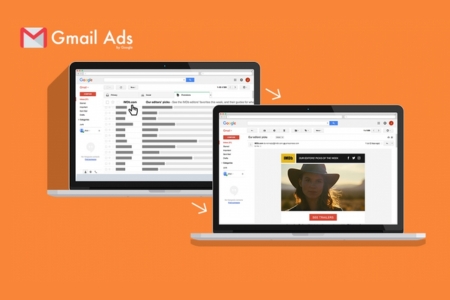
Email advertising is the act of sending direct ads or promotional messages to a user's inbox. Such a form of advertising is quite commonly used in connection with emails for newsletters, special offers, and the like.
Email Marketing: Email marketing allows companies to target specific segments of the audience, like previous customers or sign-ups for updates. By personalizing those emails, a company can increase engagement and even convert readers into sales.
Email Advertising is another effective option wherein leads are generated, relationships are nurtured with the audience over time, and revenue is gathered from them. However, the emails must be relevant and timely so they do not reach the spam folder.
Advantages of Internet Advertising
With the booming digital world nowadays, businesses now have ways to advertise their products to their possible target market. Of all the powerful ways to advertise is through internet advertising. Dramatically, this has molded how companies market their products and services, making it easier and faster to reach a population globally. Comparatively speaking, internet advertising has many obvious benefits such as being cost-effective, targeted, and measurable.
Cost Effective
Online advertising is relatively inexpensive, especially when considering the price of such advertising compared to more traditional forms of advertising. Consider this comparison: A 30-second television commercial, a radio ad, or a print ad are all expensive to produce. Businesses spend thousands, sometimes millions of dollars on broad ads that hit audiences rather than targeted ones.
Internet advertising is also much more cost-effective and scalable. Therefore, small businesses can budget as needed and pay only for actual results, such as clicks or impressions. For instance, a small business might find itself paying just a fraction of what a campaign on national TV will cost. That can be done through pay-per-click advertising, wherein one only pays once someone clicks their ad. This flexibility enables the advertisers to have complete control over spending and maximizing ROI.
Internet-based advertising platforms also offer a suite of tools, which business organizations can use to optimize their spending. Algorithms and AI help in suggesting the ideal budget and strategies to achieve the desired outcome. Businesses of every size can, thus, gain access to high-impact advertising, and small startups have no advantage or disadvantage compared to large corporations.
Targeting Capabilities
Another strong leverage that internet advertising has is its ability to target. Unlike traditional mediums that throw a whole spread and hope that the right audience captures it in the fray, internet advertising is presented to businesses with the ability to pin down specific groups. This ranges from demographics, interests, and online behaviors to even location with audience segmentation.
For example, an eco-friendly products shop might use online advertising to reach green-ecological consumers. Using Google, Facebook, and Instagram among others, it is possible to target audiences of interest in targeting like "sustainability," "organic products," or "green living." Internet ads may also be personalized based on user's interests, thus enhancing the possibility of interest and conversion.
Personalization goes more than targeting demographics with options. The Internet allows businesses to have very relevant ads to a user based on browsing history or previous interactions with their website. For instance, if a customer had been on the website recently, looked at a specific product, and then browsed away from their website, an ad for that product can be served to a customer while surfing other sites. Such personalization grabs a potential customer's attention and pushes them into making a purchase.
Measurable Performance
The most marked difference between Internet advertising and traditional advertisements is its measurability. Internet advertising differs from print, radio, or television ads: in the past, businesses relied on indirect methods like customer surveys or overall sales to understand how effective their TV, print, or radio ads were. This is highly imprecise and slow.
Internet advertising helps measure real-time campaign performance. Analytics tools, such as Google Analytics or tracking dashboards on social media, can give businesses detailed insights into whether an ad is going well. Website analytics offer the number of clicks, conversion rate, impressions, and engagement level very easily for businesses to make more concrete decisions.
For instance, if an online ad is not performing as expected, firms can easily change the content, swap the audience, or even adjust their spending to optimize the outcome. With such real-time fine-tuning of campaigns, advertisers can be sure that their advertising dollars are well spent and maximized. More importantly, the resultant data about the online campaigns helps businesses learn more about their customers and, thus, design better strategies for the future.
Examples of Internet Advertising
Let's look at some of the most frequent forms of online advertisement and consider some real-world examples of how these are used in practice.
Search Ads
Search ads are perhaps the most popular forms of Internet advertising. They are displayed to the users when searching for a specific term or phrase using search engines like Google. Businesses can then place a bid on relevant keywords that could result in serving their ads to users who are actively looking for information related to those keywords.
Case Study: Google Ads
Google Ads is a very interesting case study that reveals the effectiveness of search advertising. For example, an e-commerce store selling home fitness equipment used Google Ads to show products to the targeted audience. As it had placed a high bid on phrases like "home gym equipment" and "best fitness gear," its ads came up for people searching with intent to buy. The business thus managed to experience an increase in traffic as well as sales while the advertisement costs were minimal all along because of proper keyword and target audience management.
Display Ads
Display advertisements are graphical ads seen on web pages. They typically appear as banner ads or sidebar graphics. Graphics, videos, and even animations are used to catch the eye of the viewer. Great examples are the same news websites like CNN or the New York Times where products or services are advertised alongside a news item.
The same company would spend its dollars on an advertisement campaign with catchy visuals and a clear call to action, such as "Discover the Future of Mobile Technology." The campaigns can be released on technology-related websites or even general news websites to reach targeted users based on their previous interest in smartphones or similar products. The idea here is that show ads depend on graphics to create brand identification as well as provide traffic to the company website.
Social media channels, like Instagram, Facebook, and Twitter, have become increasingly popular advertising mediums since they boast high user numbers and sophisticated targeting capabilities. For example, you post Instagram ads to support product launches.
Consider a fashion brand that is launching a new collection. They can use targeted ads on Instagram to create some buzz for the product. They can be lifestyle photographs or videos of influencers wearing the clothing and will carry a very strong call-to-action specific recommendation like "Shop the New Collection Now." Instagram ads are very visual, leveraging the engaged nature of users on the platform, and are, therefore, a particularly good fit for driving both brand awareness and sales.
Best Practices for Internet Advertising
Internet advertising can be a real boon for you as long as it reaches your target audience to achieve business results. To have effective Internet ads, here are four crucial steps that will help you maximize the impact of your online advertising efforts.
Understanding Your Target Audience
Before the ad campaign, first of all, you need to know who you are targeting. Focusing on your audience segmentation by factors like age, location, interests, and buying habits enables one to make more targeted Internet ads. When you know your audience, you're targeting the right people with the right message. You'd spend less money on Internet advertising directed at users who are unlikely to engage with your product or service.
Clearly Define Goals for Campaigns
Once you have your audience in mind, set clear and measurable goals for campaigns. Such goals must relate to your business mission in general. Your aim may be to drive traffic to your site, boost sales, or increase brand awareness. Whatever the case, setting clear goals will guide your Internet advertising strategy. Clear goals also help you track how close or far you have run, as well as allow you to adjust your approach if necessary.
Optimizing Your Ad Creative
The design of the ad should help capture the attention of your audience. Simple, compelling visuals and concise messaging can quickly engage users in what the message will be. Your Internet ads must deliver their message at a glance using great visuals and copy that speaks directly to your target audience's needs or desires. A clear call to action should not be missed; it should encourage users to take the next step, such as clicking to learn more or making a purchase.
Testing and Measuring Success
Test and refine ads constantly to improve performance. A/B testing gives marketers the chance to compare the performance of two versions of Internet ads to determine their effectiveness. You should track such metrics as click-through rates, conversions, and return on investment as measures of success. Adjustments based on these insights will help improve the long-term effectiveness of your Internet advertising campaigns.
In conclusion, internet advertising is key to reaching wider audiences and driving conversions. By partnering with an expert advertising agency like Excellent Publicity, you can optimize your ad campaigns for the best results. Ready to elevate your brand? Contact Excellent Publicity today!
FAQs
Internet advertising is the process of promoting products or services online through various digital media platforms. These internet ads can appear on web pages, search engines, social media networks, and applications, enabling businesses to reach their target audience effectively.
There are several types of Internet advertising, including: Search ads (e.g., Google Ads) Display ads (banner ads on websites) Social media ads (Facebook, Instagram) Video ads (e.g., YouTube) Native ads Email marketing
Internet ads are displayed on websites or platforms where users spend time. These ads are shown based on targeting criteria such as demographics, interests, and behaviors. Advertisers bid for ad placements, and the highest bidder with the best-matching ad wins the placement.
Internet advertising offers precision targeting, allowing businesses to reach specific audiences based on interests, location, or behavior. It is cost-efficient and scalable while providing a broad reach. Additionally, it enables easy performance measurement, helping businesses optimize their campaigns.
Yes, internet advertising can be tracked and measured using tools like Google Analytics and Facebook Insights. These platforms provide data on clicks, views, conversions, and other metrics, helping businesses assess the effectiveness of their Internet ads.
The cost of internet advertising varies depending on factors like the type of ad, the platform used, and the targeting method. Common payment models include pay-per-click (PPC), pay-per-view, or pay-per-impression. Some internet ads may cost just a few cents per click, while others could cost several dollars per action.


